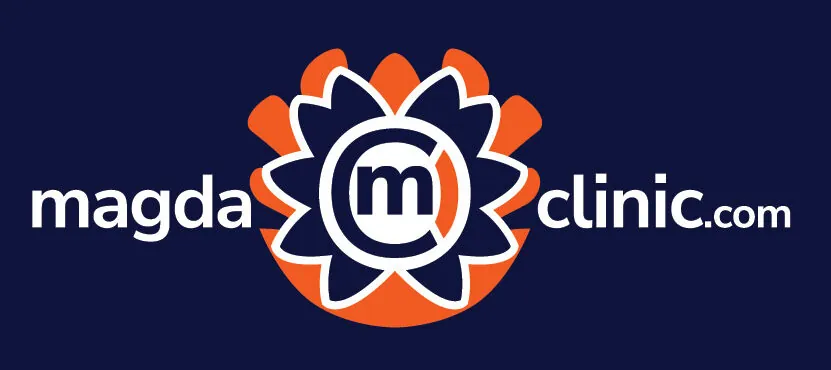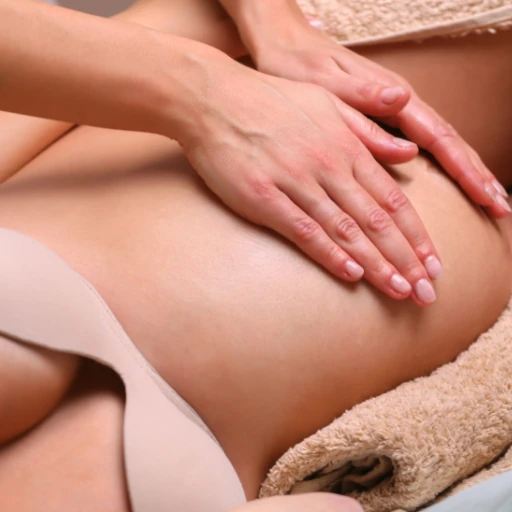Introduction to Pregnancy Massage Techniques
Pregnancy is a beautiful and transformative journey that can be accompanied by physical and emotional challenges. Pregnancy massage techniques offer a soothing and therapeutic solution to alleviate the discomforts and stress experienced by expectant mothers. In this comprehensive guide, we will explore various pregnancy massage techniques, their benefits, and what to expect during a session.
The Benefits of Pregnancy Massage
Pregnancy massage, also known as prenatal massage, offers numerous benefits for both the mother and the baby. These include:
- Reduced stress and anxiety: Pregnancy massage helps in the release of endorphins, which are natural mood elevators and stress relievers.
- Improved circulation: Massage stimulates blood flow, delivering vital nutrients and oxygen to the mother and baby.
- Relief from pregnancy-related discomforts: Massage can alleviate common pregnancy aches such as lower back pain, leg cramps, and swollen feet.
- Enhanced sleep quality: A relaxed body and mind lead to better sleep, essential for overall well-being during pregnancy.
- Support for the immune system: Massage can boost lymphatic drainage, assisting in the removal of toxins and promoting a healthy immune system.
Popular Pregnancy Massage Techniques
There are various techniques utilized by trained therapists to provide a safe and effective pregnancy massage experience. Some popular methods include:
- Swedish Massage: This gentle technique involves long, gliding strokes, kneading, and circular movements to promote relaxation and ease muscle tension.
- Deep Tissue Massage: This technique focuses on realigning deeper layers of muscles and connective tissue, targeting specific areas of discomfort.
- Myofascial Release: This method involves applying gentle pressure to the connective tissue surrounding the muscles, releasing tension and improving flexibility.
- Reflexology: Focusing on specific pressure points in the hands and feet, reflexology aims to bring balance to the body’s systems and alleviate discomfort.
- Shiatsu: This Japanese technique employs finger pressure on specific points along the body’s energy pathways, or meridians, to relieve tension and promote healing.
Safety Considerations and Contraindications
Before embarking on a pregnancy massage journey, it’s essential to be aware of safety considerations and contraindications. Some of these include:
- Timing: The first trimester carries a higher risk of miscarriage; therefore, it’s generally recommended to wait until the second trimester for massage therapy.
- Positioning: Pregnant women should avoid lying flat on their backs for extended periods. Instead, use a side-lying position or specialized pregnancy massage cushions for support and comfort.
- Pressure: Deep pressure should be avoided, particularly in the abdominal area and around the ankles, as these points can stimulate uterine contractions.
- Medical conditions: Consult your healthcare provider before seeking massage therapy if you have a high-risk pregnancy or any medical conditions, such as high blood pressure, preeclampsia, or gestational diabetes.
What to Expect During a Pregnancy Massage Session
A typical pregnancy massage session may include the following steps:
- Consultation: Before the massage begins, the therapist will gather information about your medical history, current health, and any specific concerns or discomforts.
- Positioning and draping: The therapist will help you find a comfortable position, usually side-lying, and use draping techniques to ensure your privacy and modesty.
- Technique selection: Based on your needs and preferences, the therapist will use various techniques to address your concerns, promote relaxation, and alleviate discomfort.
- Session duration: A pregnancy massage session typically lasts between 60 and 90 minutes, giving ample time for the therapist to address all areas of concern and provide a thorough, relaxing experience.
- Post-session care: After the massage, the therapist may provide recommendations for stretches or self-massage techniques to practice at home for continued relief and relaxation.
- Frequency: Depending on your individual needs and preferences, you may choose to receive pregnancy massage regularly throughout your pregnancy, scheduling sessions every two to four weeks for optimal benefits.
Choosing a Qualified Pregnancy Massage Therapist
When seeking a pregnancy massage therapist, it’s essential to find a professional with the appropriate qualifications and experience. Consider the following:
- Certification: Look for a therapist with specialized training in prenatal massage and a recognized certification from a reputable organization.
- Experience: Find a therapist with experience working with pregnant clients, as they will be more familiar with the unique needs and precautions associated with pregnancy massage.
- Communication: Choose a therapist who is open to listening to your concerns and preferences, and willing to tailor the massage to your individual needs.
- Recommendations: Ask for recommendations from friends, family, or your healthcare provider to find a trusted and qualified pregnancy massage therapist.
Incorporating Pregnancy Massage into Your Prenatal Care Routine
Pregnancy massage can be a valuable addition to your prenatal care routine, offering numerous physical and emotional benefits. To make the most of this therapeutic modality, consider the following tips:
- Communicate: Keep an open line of communication with your therapist, discussing any concerns, discomforts, or preferences before, during, and after the massage.
- Listen to your body: Pay attention to how your body feels and responds to the massage. If something doesn’t feel right, speak up and let your therapist know.
- Stay consistent: Regular sessions can provide ongoing relief and relaxation, helping you stay comfortable and stress-free throughout your pregnancy.
- Combine with other prenatal care practices: Integrate pregnancy massage with other beneficial prenatal care practices, such as prenatal yoga, gentle exercise, and proper nutrition, for a comprehensive approach to your well-being during pregnancy.
In conclusion, pregnancy massage offers a safe, nurturing, and effective way to address the physical and emotional challenges that can arise during pregnancy. By understanding the various techniques, safety considerations, and what to expect during a session, you can confidently incorporate this therapeutic modality into your prenatal care routine and enjoy the numerous benefits it provides.






